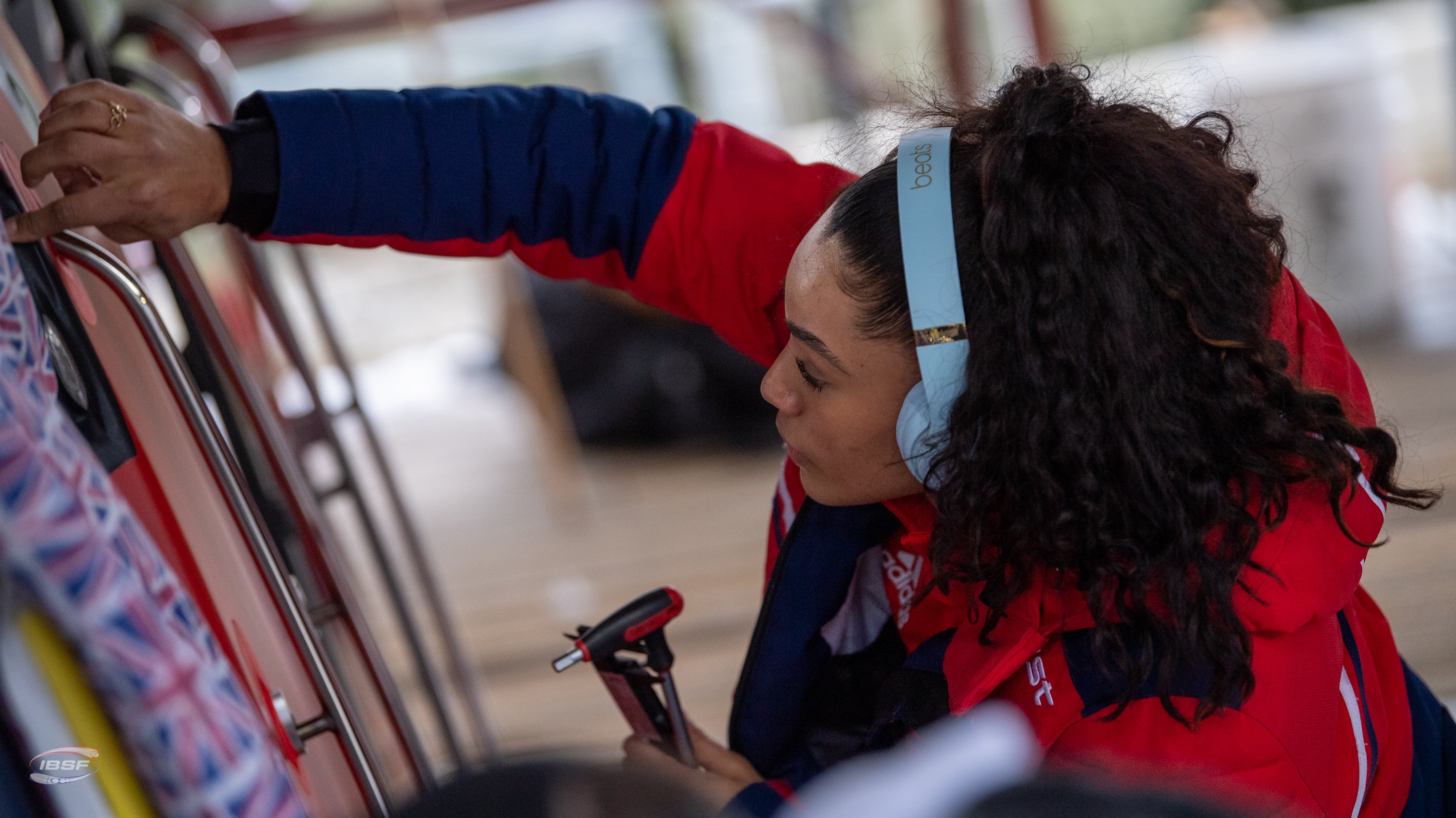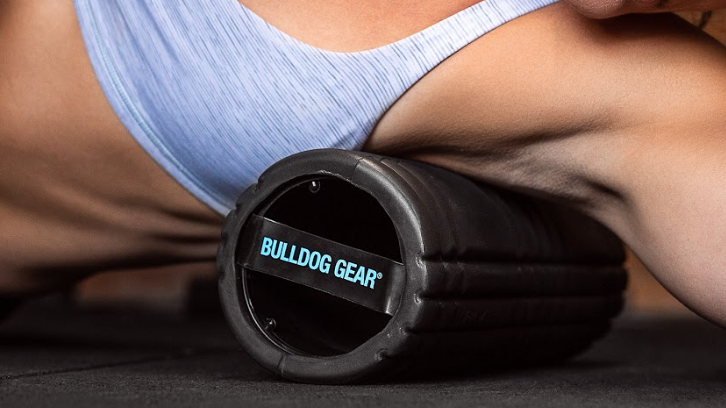
The ring dip is a fundamental bodyweight movement primarily targeting the triceps, pectorals & anterior shoulder. Mastering this movement will not only make your upper body stronger and more versatile, but help develop your athleticism while working towards more advanced movements, such as the ring muscle up. With lots of progression and regression variations available, the strict dip is a fantastic movement for your body to achieve, but can put a great deal of stress on the shoulders, therefore it’s important that you listen to your body and work through the stages correctly.
Regardless of what the movement is, we want quality over quantity. There’s no point performing high volume if you’re ignorant towards your form. This will put you at a far greater risk of injury, especially shoulder injuries due to the shoulder being the most unstable joint in the body. Learning the dip correctly and building strength in this movement, along with other movements for the upper body will help to strengthen, balance and safeguard your shoulders.
The body is able to move in so many ways so when training think about moving your body through vertical, horizontal, lateral and rotational movements. We don't want to always get stuck in one plane of movement, variation is key to developing a solid base.

Test to see if you can support your own bodyweight at the top of a dip (the finishing position), and the bottom (deepest part of the dip) on a dip attachment, then move onto a set of gymnastic rings. If you can’t do this yet, you can regress by using your feet as assistance and work towards holding your full bodyweight as a first goal. Refer back to Progressions & Regressions: Push-Ups to build more strength and stability in the upper body.

We’re stronger in the negative phase of a movement, so no matter which regression or progression you work with, build control whilst lowering yourself down in the dip for 3-5 seconds or challenge it further by moving even slower. Adding pauses at different intervals of the negative can help build the required strength in an area that may feel less efficient at supporting your bodyweight.


Bands are great to develop an understanding of the specific movement pattern required for the dip. Progressively over time, you can work your way onto thinner bands as your strength increases. I would recommend to pair these up with the above prerequisites. You can also add a slower controlled tempo whilst performing ring dips with resistance bands, which is key to learning and maximizing control.
You can attach resistance bands to dip attachments or gym rings. The band will mostly help you at the deepest part of the dip, as the band is stretched further, therefore, increasing the assistance back up.
Watch full video demonstration here.



Another way to build the required strength for strict dips is by using your feet as assistance, which still allows you to move in a vertical plane while learning the basic mechanics. Grab yourself a couple of boxes and a pair of dumbbells. This is a great option for a high volume workout during a class when jumping in and out of a band mid-workout is harder to coordinate. However, this movement should not be rushed as you will compromise form. We want to build consistency and awareness in any movement before applying intensity.
Keep the shoulders, hips, and knees in line and think about keeping a tight hollow body as you send the elbows back. We want to avoid a pike position at the hips and collapsing forward with the chest. Take as little weight through the feet as you can.
If you’re ready to dip without the use of your legs you can stack an extra couple of boxes on top to perform bodyweight dips.



Using a set of rings and either placing your feet on the ground or out in front on top of a plyometric box can also develop strength and awareness on the rings. Similar to the box foot assisted dip, this variation with have more variables at play. The rings are not set in a fixed position, therefore require more control to keep them tight to the body and build more stability in the shoulders.
Start with the feet on the floor, then see if you can elevate your feet. The key to performing any regression is that we mimic the movement pattern in order to develop the awareness and ability to perform great dips later down the line.
Avoid any piking forward in either variation, as this excessively loads the shoulders and forces the head of the humerus (upper arm bone) forward, the scap (shoulder blade) then rises up and we find ourselves hunched up and shrugging the shoulders while heavily loading them. Keep the hips under the shoulders in both variations. While performing the movement the hips will move down and back up, not fixed in one place.
We should be able to perform controlled internal rotation in the shoulders on the way down and then externally rotate the shoulders, keeping the hands pinned close to the body at the top to stabilize.




The dip attachment is in a fixed position on the rig, therefore performing dips will be easier for us to control and navigate our body in the full movement compared to dipping on gym rings. If you’ve built the strength and stability to support yourself above the dip attachment and a set of rings, can control a negative dip, performed band and foot assisted and now feel ready for the full dip, then you can begin to build volume with strict dips on the dip attachment bars. This will build more strength required to bridge the gap between the bar and the rings, as you’ll develop a strong base and have a larger capacity available to you.



This option is a go-to if the above variations are not yet accessible.
Have a bench or box to the right and left of you. Start at the top with the arms extended either side of your hips, send the elbows back and your bum down to the plate then push back up. Note that your hips should still move up and down with your body as you perform the dip, while also staying directly under your shoulders.
I like to refer to the bench dip as like pushing yourself up and out of the bath. I prefer this way compared to positioning yourself on the side of a single box or bench. In this variation, you can still position your body between two supports, which gives your body the ability to move in the space in between, which transfers better to the dip attachment or rings.
Use your feet to assist if you aren't able to push your body weight with your legs out straight.




When performing a full ring dip make sure you’ve covered the prerequisites. It’s vital to warm up correctly and prime the right muscles being used to help avoid injury. The movement itself can wreak havoc on the shoulders if not done correctly, especially in high volume. As we move through the ring dip our shoulders have moved below the elbows in to extension and the hip height has changed.
Things to avoid:
- Piking at the hips.
- Dumping the shoulders forward.
When performing the ring dip, more often than not we see a lack of full extension in the elbows at the top, which can be due to lack of mechanical awareness, mobility restriction or the ability to support our own body weight efficiently. As we dip we control our shoulders through internal rotation. At the top of the dip slightly turn the thumbs out with the rings, tightening them to your hips; this helps sets the shoulders back into an externally rotated position, even though the shoulder will still appear slightly forward, we must create torque and stability in the shoulder which will help to stabilise your body at the top before performing the next rep.
You will send your shoulders lower than your elbows. If a ring muscle-up is on your list of goals for the future, you’ll need to practise these deep dips. This is also a great way to safeguard your body though its full range. Training partial range means you’re more susceptible to injury as you’ll end up with weak links throughout your shoulders existing range.


Adding an external load is an option to challenge your dips and increase strength and volume on the rings. This can be done by using a dip belt, weight vest or holding a dumbbell between your feet.



Mix the tempo up in your dips. Adding time under tension is going to build more stability and strength, while helping develop more advanced movements on the rings. How slow can you go?


The Russian dip requires a great amount of shoulder stability, mobility and upper body strength. They’re also a great tool to learn how the shoulders move into extension through the transition of a strict ring muscle-up. You’ll end up in a deep dip, just as you would on the rings. You can do these between two boxes, add benches on top or use a dip attachment.
When setting up, measure the distance of your forearm to set up in the correct anatomical position for your shoulders. Start by holding your bodyweight with your forearms. In one movement push down, bring the elbows up so you're in a deep dip position, then press up through the dip. Avoid throwing your head forward and shooting the shoulder through. We want to keep the chest up bringing us into a more stable position ready to push up, avoid using momentum or rocking in to it. Keep the torso upright.
Watch full video demonstration here.



- Georgie Gabriel (The Hench Yogi)



